Steingot paving slabs review and installation
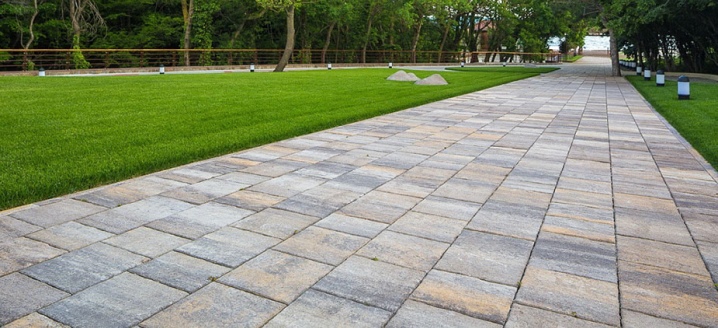
When arranging the courtyard of a country house, the owners are faced with the question of choosing paving slabs, which will be a component of the road. A competent choice of this element will allow not only to beautifully decorate the site, but also to ensure good traffic and comfort of walking. In this article, we will consider the features of Steingot paving slabs, review the products and provide useful information on installation.

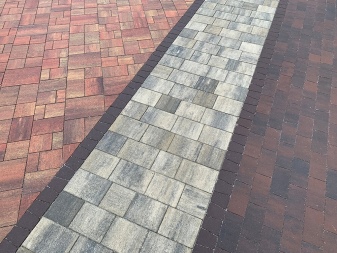
Peculiarities
The paving slabs of the German brand Steingot are synonymous with quality and durability. As is known, Germans are very careful in the production of their products for export, in order to once again confirm the high status of goods from Germany. Models have increased performance characteristics, they are reliable and capable of maintaining a presentable appearance for up to 50 years. The tile of the brand does not crumble or crack, it is able to withstand heavy loads and does not succumb to deformation.
Steingot offers a wide range of paving slabs and paving stones. A huge number of various shapes and color combinations will allow everyone to choose the right option.

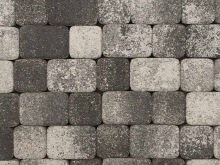
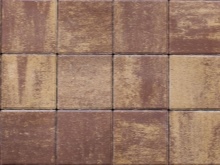
Most of the company's offices around the world offer samples and examples of laying out on an area of more than 2000 m2. The advantage of the products of the German brand is complete environmental friendliness and safety for the environment. For the manufacture of tiles, harmless materials are tried on.
It should be noted that each part is covered with a special layer that prevents slipping on wet or icy roads. This is very important, especially for families with children and elderly parents. The verified brand logistics works like clockwork all over the world. In warehouses, there are always more than 90,000 m2 of paving slabs for every taste, in order to deliver everything you need to your customers as soon as possible within 24 hours after registration.
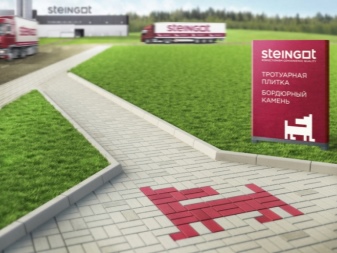
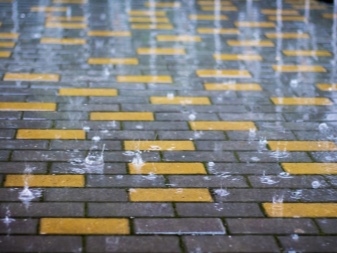
Description of the assortment
Steingot offers a wider variety of paving slabs and paving stones. Let's consider the most popular models.
Classic
This series consists of three types of stones of a solid gray color with a smooth surface. Product dimensions: 86 * 115 * 60 mm, 115 * 115 * 60 mm, 115 * 172 * 60 mm. Paving slabs have increased wear resistance, resistance to temperature extremes and anti-slip surface.
Attractive appearance and ease of use have made this product one of the most popular in the entire line.
In shape, the stones resemble the paving stones of medieval pavements. Thanks to the rounded edges and the absence of bulges, you can create interesting patterns with curves. This option is optimal for parks, historical sites and country houses in a classic style. Price for 1 m2 - 763 rubles.
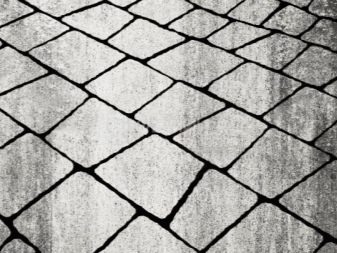

Paving stones
This series includes paving slabs with dimensions: 100 * 200 * 40 mm and 100 * 200 * 60 mm. Colors: gray, black, brown, dark brown, yellow, beige and burgundy. The increased characteristics allow the use of "paving stones" in crowded places. It is frost-resistant, durable and covered with an anti-slip layer.
The tile of the "paving stone" series is considered the most popular due to its versatility, wide variety of colors and ease of use. It is unpretentious in maintenance and retains an attractive appearance for a long time. The side surface has protrusions that prevent the products from shifting sideways. The cost for 1 m2 is 623 rubles.
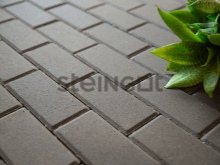
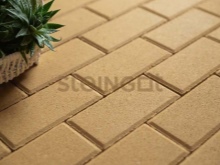

Bavaria
The series offers a wide variety of colors and stones of four sizes: 70 * 140 * 60 mm, 140 * 140 * 60 mm, 210 * 140 * 60 mm and 210 * 240 * 60 mm. The flat surface of the products is covered with an anti-slip layer and looks like granite. Bavaria paving slabs are easy to install. Thanks to the original shape of the stones, this model can be used to create interesting projects with a high aesthetic component.
The line was created to bring to life the most daring landscape ideas.
The size ratio of the stones allows you to neatly lay out a beautiful pattern that will give the road an interesting look. The side bulges make it easy to adjust the seams when laying. The cost for 1 m2 is 1415 rubles.
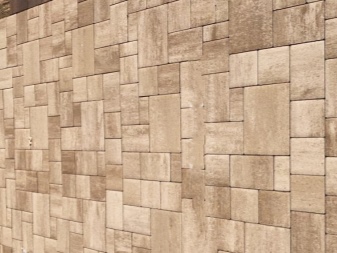
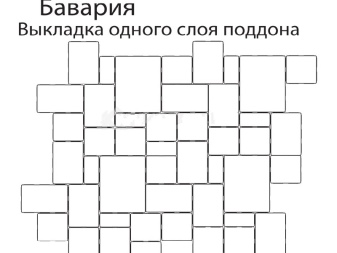
Laying rules
When buying paving slabs, be sure to agree on the choice with a landscape designer, because the shape and color should be in harmony with the site and the house itself. The thickness of the products is selected depending on the future load. If there is traffic on the road, the tiles on this part of the road should be thicker than on the pedestrian. It is important to prepare the site immediately before laying.
To begin with, a geological study should be carried out regarding heaving, depth of soil freezing and bearing properties. The height of the groundwater is also an important point, as it will determine the type of material used and the depth of its laying. In some cases, the question arises of a drainage system and a reinforced concrete base. In such cases, it is recommended to seek professional advice.
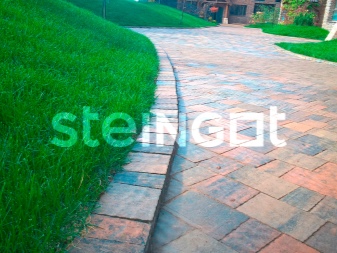
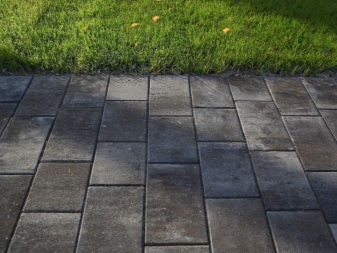
Next, you need to determine the load that will be applied to the road. For a pedestrian area, the best option would be a tile with a thickness of 4 cm, for a zone of cars - 6 cm, and for areas where it is possible for a truck to pass, you will have to use paving stones with a thickness of 8-10 cm, depending on the regularity of the passage. If paving slabs will be laid on sand, the thickness of the products should be at least 6 cm.
Before laying, you should carefully mark the future location of the tracks and find out their area. This will allow you to correctly calculate the required amount of concrete materials in accordance with the paving project. It is recommended to order 5% more of the required pruning material. The same goes for sand, gravel and geotextiles for base preparation.
When laying layers, it is important to observe a slope of half a centimeter per one meter of the base. This technology will help to establish the drainage process. When compacting, it is necessary to use a vibrating plate, preferably with a shock-absorbing rubber layer with a thickness of at least 10 mm.
To begin with, it is better to lay the curb and pave the tiles itself from it, so the rows will turn out to be more uniform.
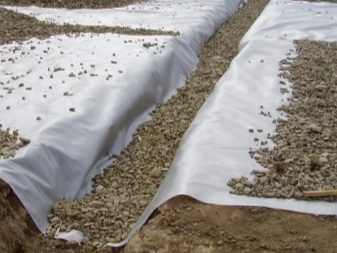
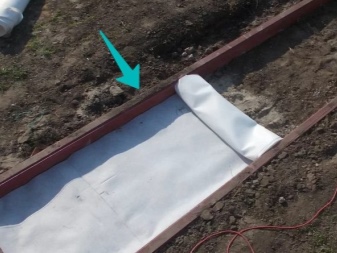
It is recommended to use one of the styling patterns that comes with each mold. If you are going to deviate from the proposed pattern, then take care of the exact calculation of the tile consumption. Otherwise, at the very end of the installation, a discrepancy in the amount of remaining materials may occur.
Each manufacturer equips the sides of the tiles with special protuberances, which ensure the optimal width of the joints between the products. If there are no such bulges, it is recommended to maintain a distance of 2 mm wide. It is impossible to lay paving slabs without seams, as in the future this may affect its integrity due to the constant change in temperature conditions and load. In the case of constant presence of cars on a tiled area, concrete products should be laid at an angle in the direction of travel. This will help not only to distribute the load more evenly, but also to prevent the paving stones from rutting.
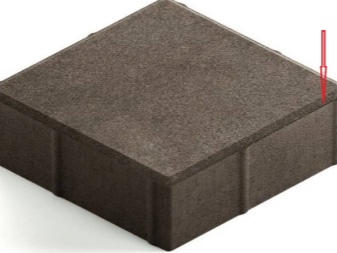
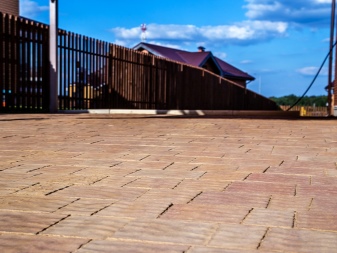
The manufacturers of paving slabs have a small peculiarity: during the manufacture of products, each pallet has stones slightly different in tone. For this reason, when stacking, it is better to use stones alternately from different pallets to ensure an even color over the entire surface. It is recommended to compact the paving stones evenly, from the edge towards the center, until each pebble fits properly.
For powdering the seams, washed sand or special modified sand is used, which can be purchased at any hardware store. Sealing and backfilling will have to be done several times until the joints are completely filled.
If the tile does not have a chamfer, rubber mallets are tried on for compaction instead of a vibrating plate, this allows you to increase the safety of concrete products.
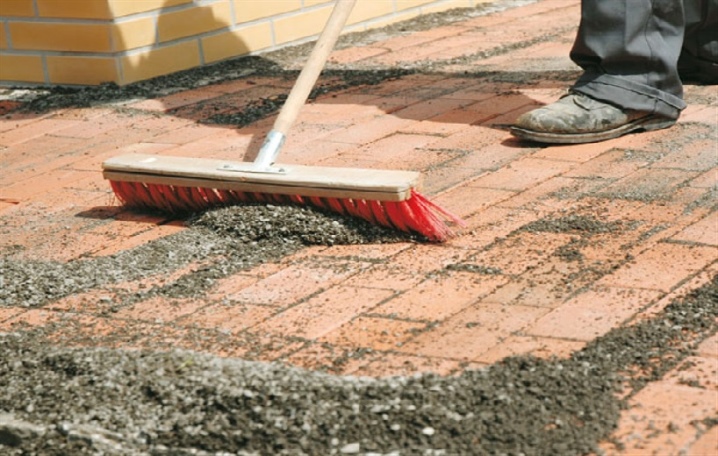













The comment was sent successfully.